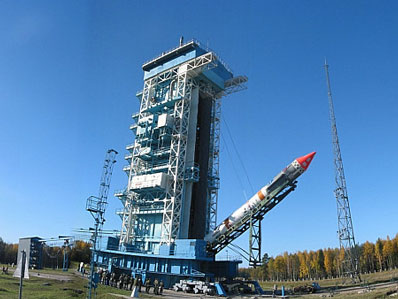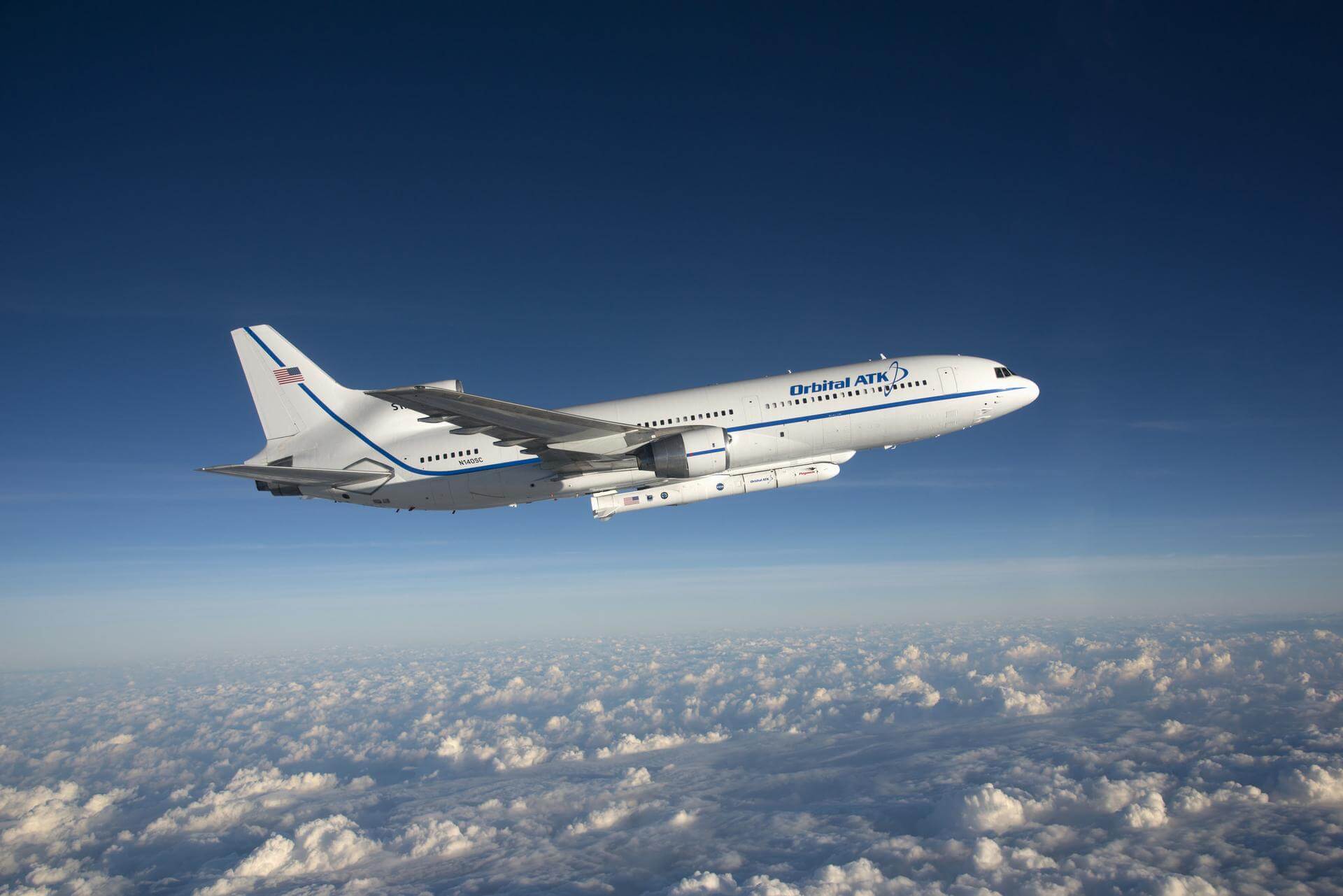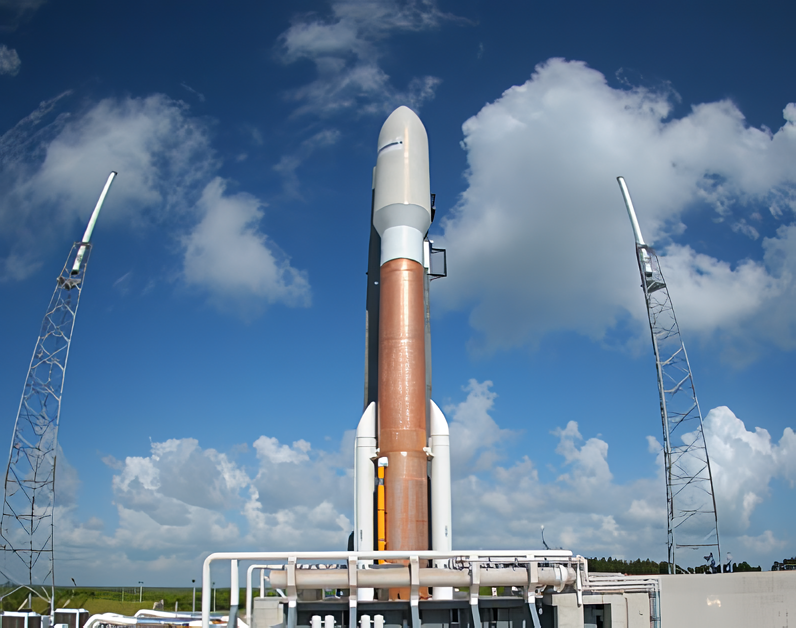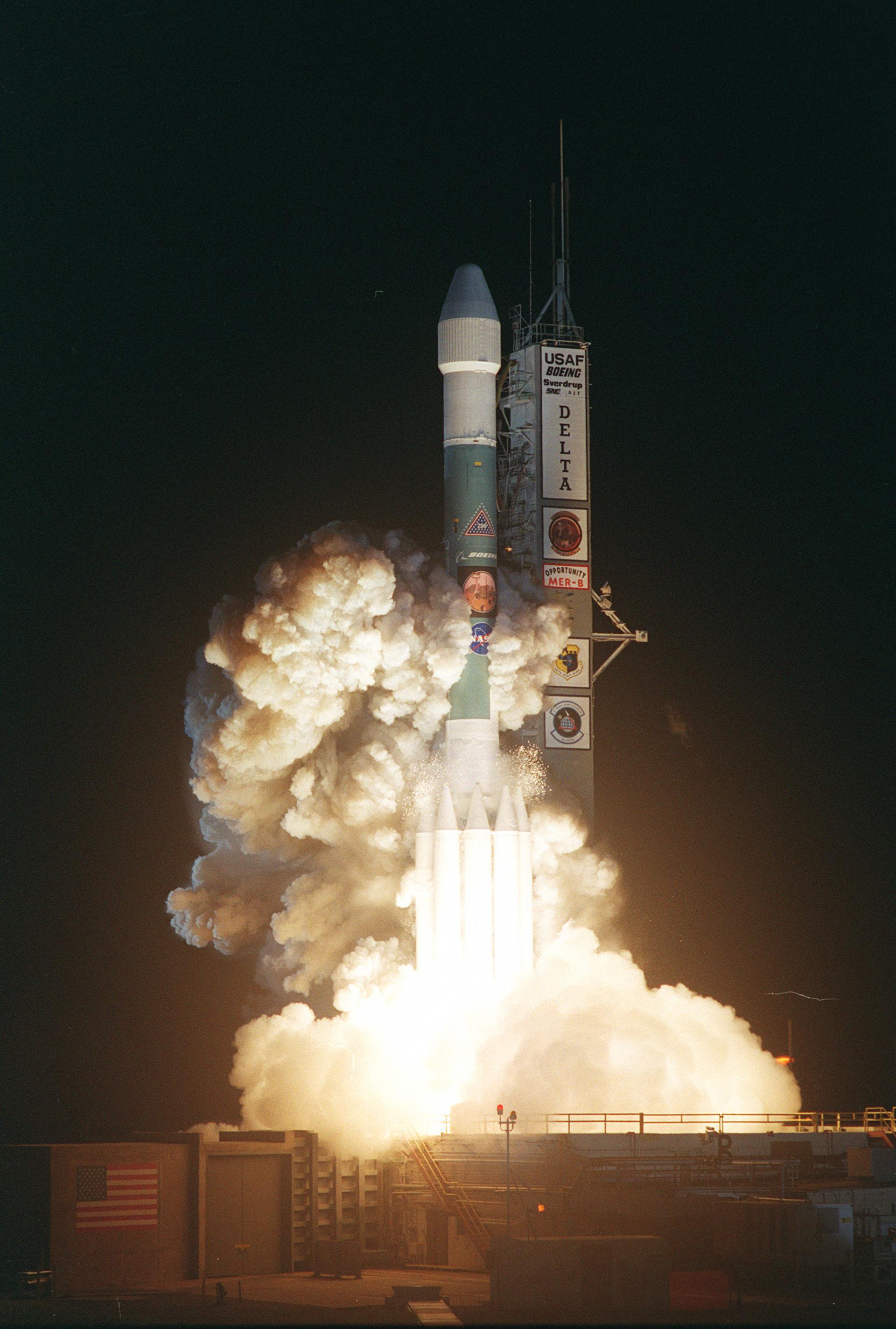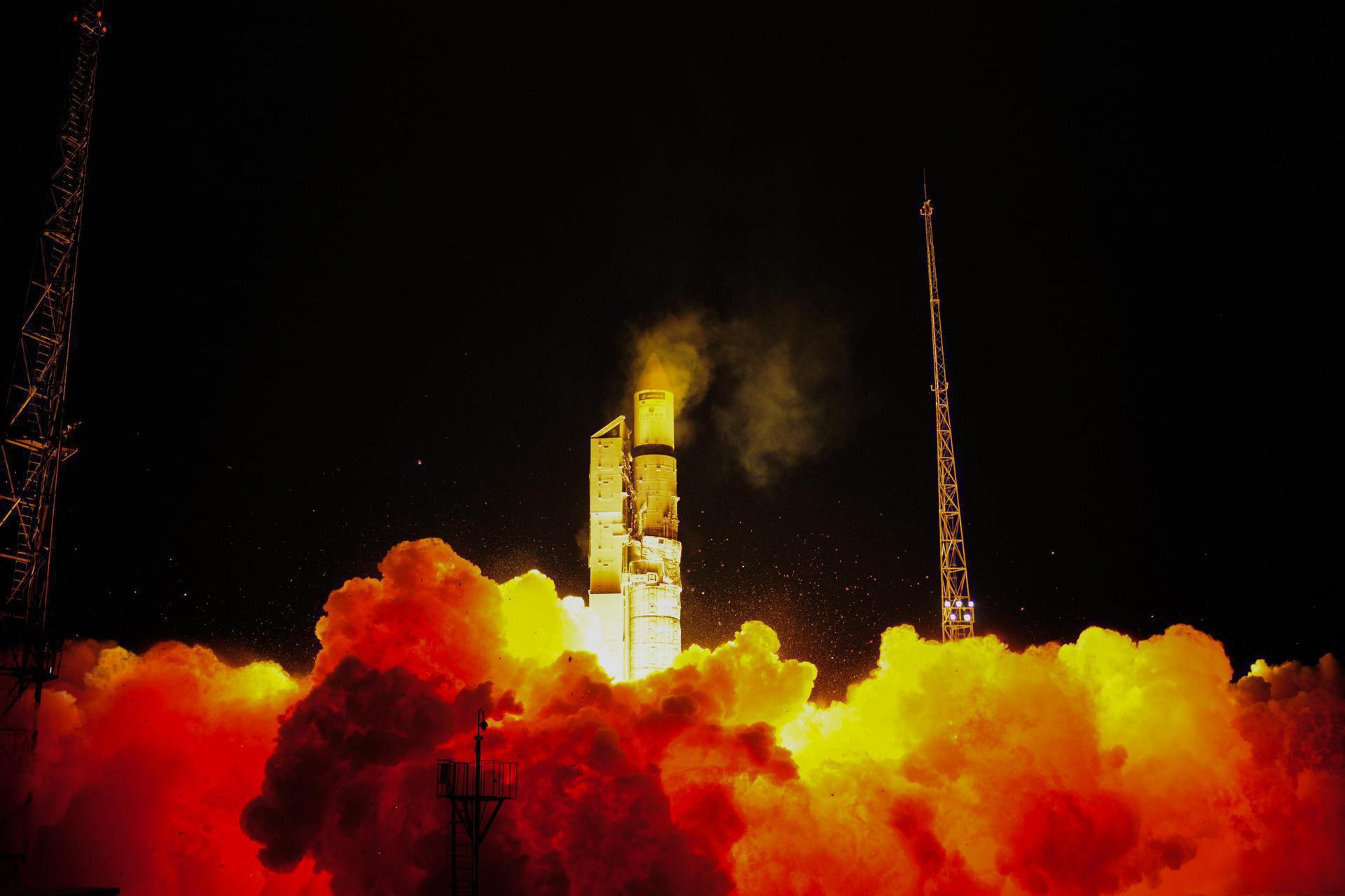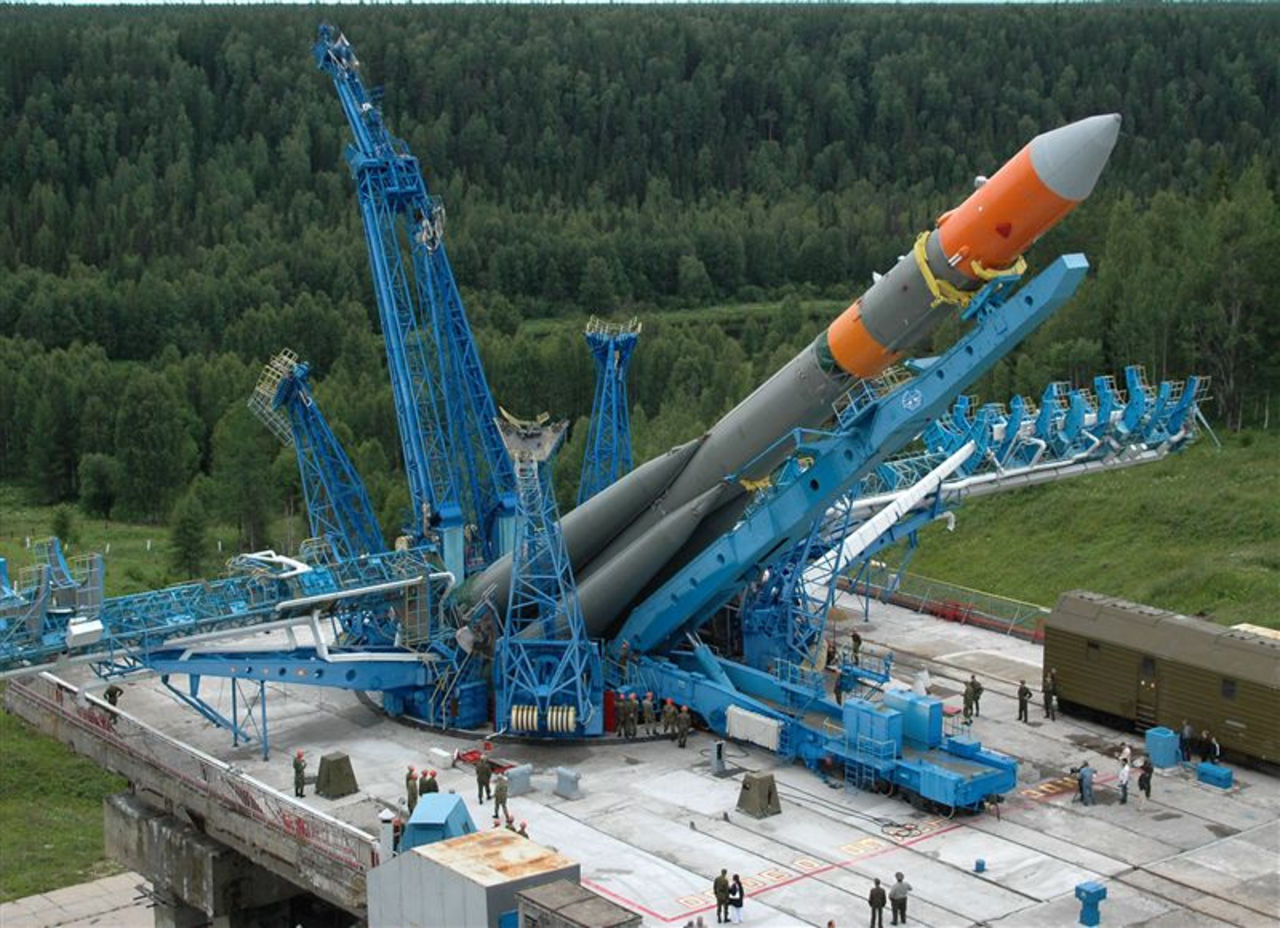Previous Spaceflight Launches
Filter by Agency, Locations or Vehicles
Show All LaunchesDelta II | Spitzer Space Telescope
United Launch Alliance | United States of AmericaCape Canaveral SFS, FL, USA
Aug. 25, 2003, 5:35 a.m.
Kosmos-3M | Strela-3 133 & 134
Russian Space Forces | RussiaPlesetsk Cosmodrome, Russian Federation
Aug. 19, 2003, 10:50 a.m.
Pegasus XL | SCISAT-1
Orbital Sciences Corporation | United States of AmericaAir launch to orbit
Aug. 13, 2003, 2:09 a.m.
Soyuz-U-PVB | Orlets-1 7
Progress Rocket Space Center | RussiaBaikonur Cosmodrome, Republic of Kazakhstan
Aug. 12, 2003, 2:20 p.m.
Zenit | Echostar IX
Sea Launch | RussiaSea Launch
Aug. 8, 2003, 3:30 a.m.
Atlas V 521 | Rainbow 1
United Launch Alliance | United States of AmericaCape Canaveral SFS, FL, USA
July 17, 2003, 11:45 p.m.
Delta II | Opportunity Rover
United Launch Alliance | United States of AmericaCape Canaveral SFS, FL, USA
July 8, 2003, 3:18 a.m.
Status: Launch Successful
Mission:
Opportunity, also known as MER-B or MER-1, and nicknamed "Oppy", is a robotic rover that was active on Mars from 2004 until the middle of 2018. Opportunity was able to stay operational for 5111 sols after landing, maintaining its power and key systems through continual recharging of its batteries using solar power, and hibernating during events such as dust storms to save power. Due to the planetary 2018 dust storm on Mars, Opportunity ceased communications on June 10 and entered hibernation on June 12, 2018. It was hoped it would reboot once the weather cleared, but it did not, suggesting either a catastrophic failure or that a layer of dust had covered its solar panels.
Heliocentric N/ARokot / Briz-KM | Mimosa
Russian Aerospace Defence Forces | RussiaPlesetsk Cosmodrome, Russian Federation
June 30, 2003, 2:15 p.m.
Pegasus XL | OrbView-3
Orbital Sciences Corporation | United States of AmericaAir launch to orbit
June 26, 2003, 6:53 p.m.
Molniya-M | Molniya-3 65L
Russian Space Forces | RussiaPlesetsk Cosmodrome, Russian Federation
June 19, 2003, 8 p.m.

